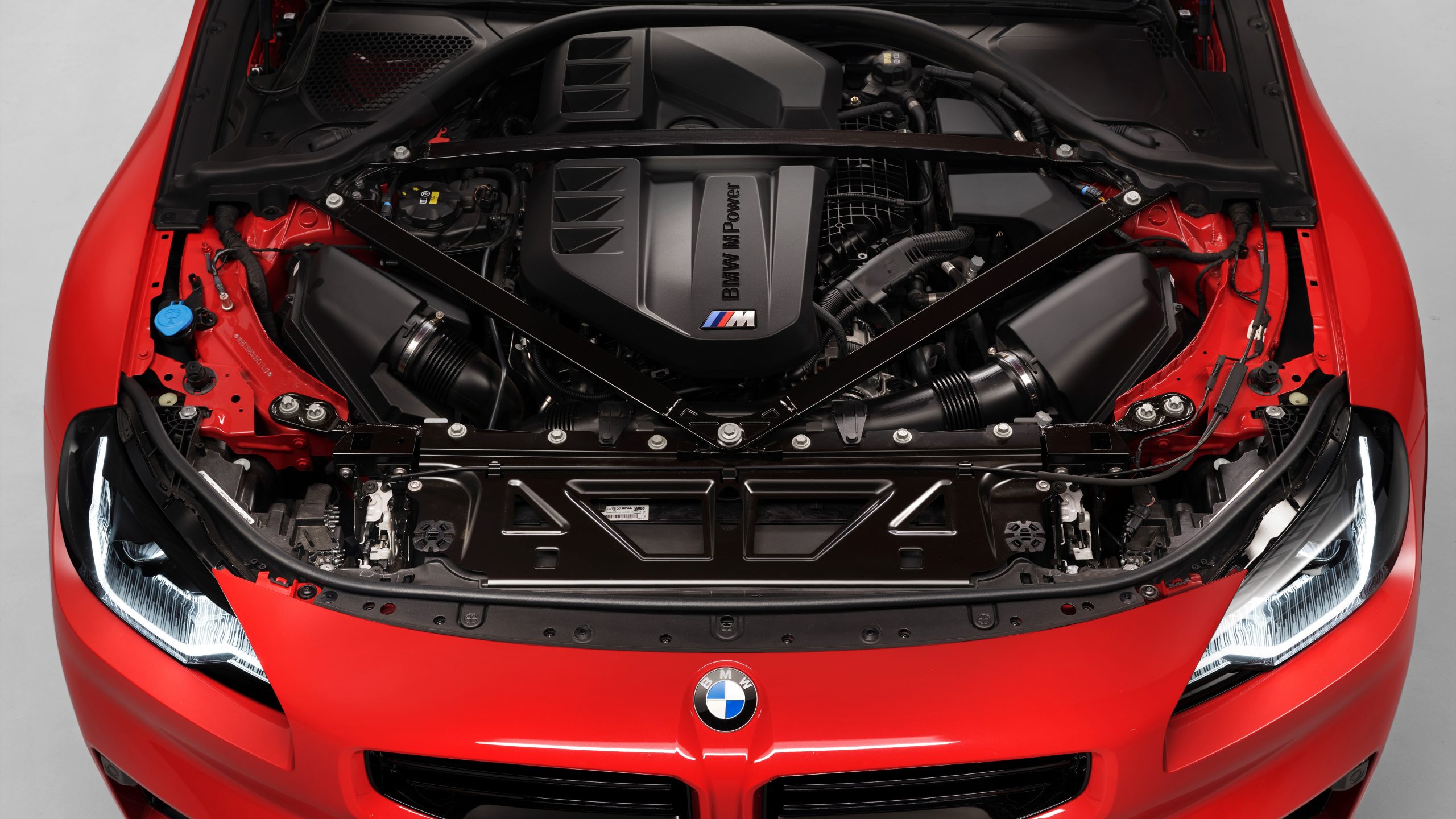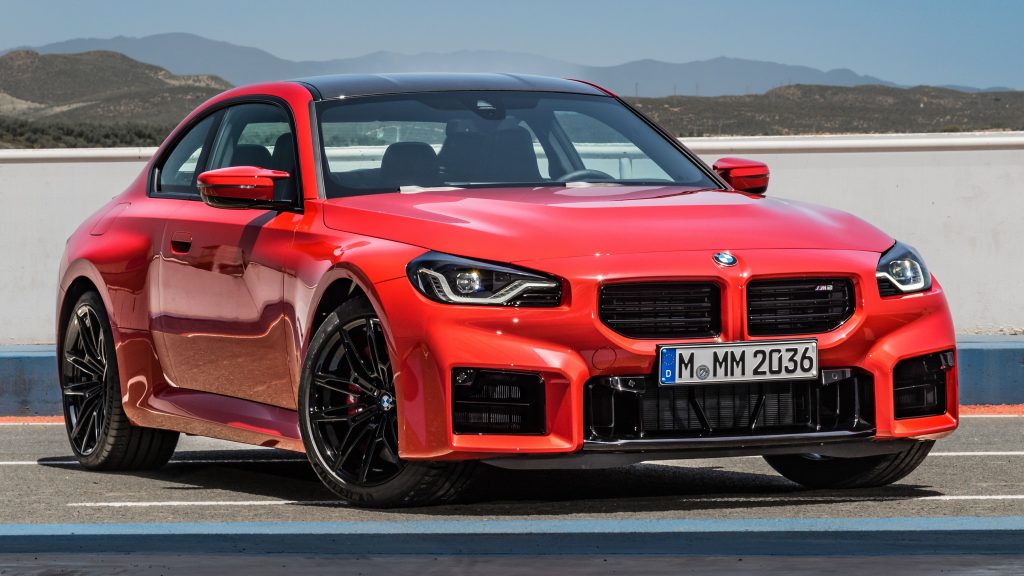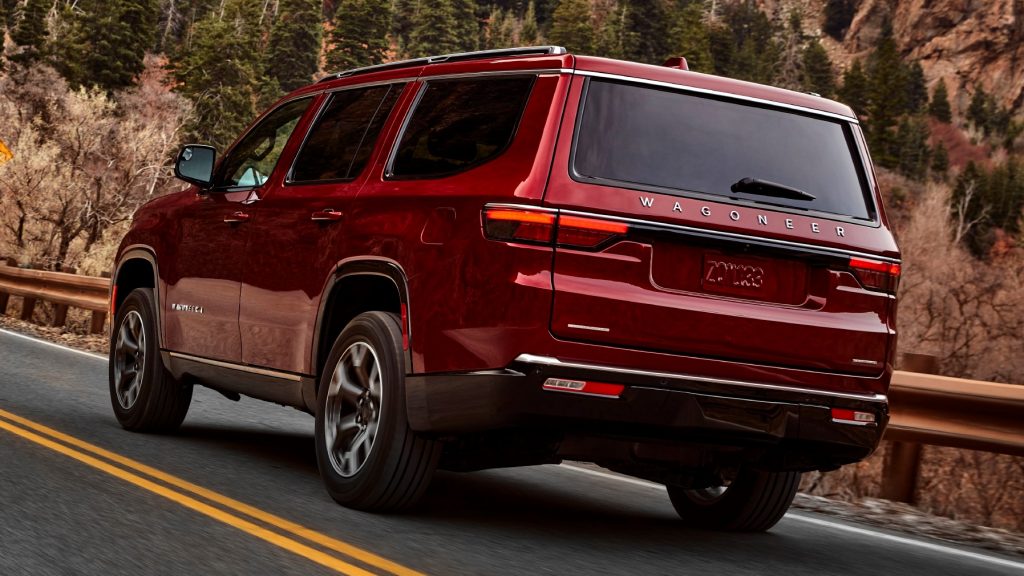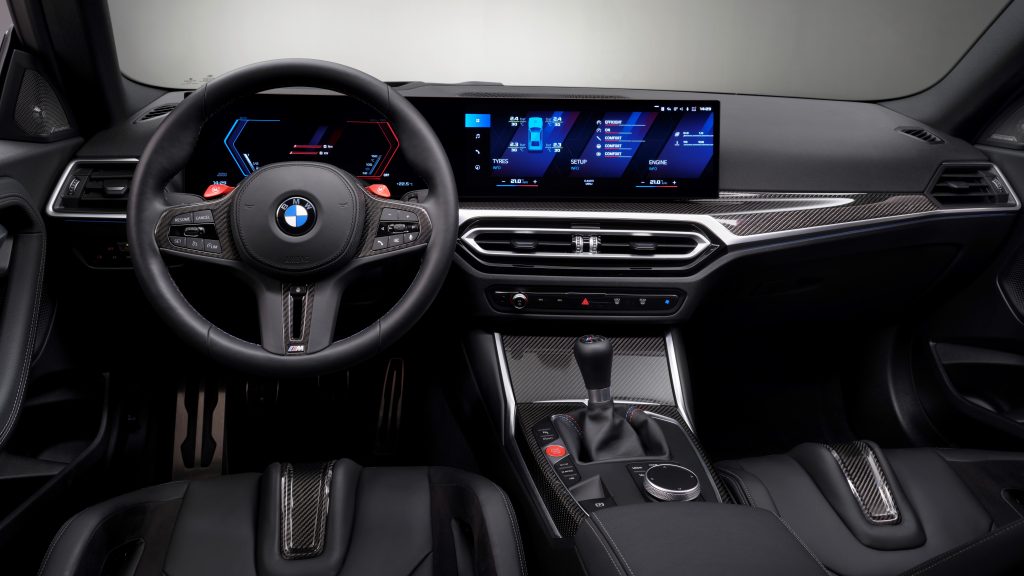BMW M2 and Jeep Wagoneer have made the news because of their 3.0L I6 engines. However, their makers have opposite opinions regarding the strategy of engine downsizing

Decades ago, the industry lived by “there’s no replacement for displacement”. The motto determined that high performance could only come from engines as big as the V8 units of 5, 6 and even 7 liters which the North American industry loved. While that strategy had a strong emotional appeal, the truth is that it was the only one available, too – technology was extremely limited in the car industry up to the 1980s.
Over time, creations such as fuel injection, turbocharger, and variable valve timing became “parallel” ways to increase performance. Automakers realized that they could build fast cars without the size or the fuel consumption of big engines. Engine downsizing became the new trend in the 2000s, when electrification was still a distant dream. Earlier this week, two cars made news because of opposite takes on the matter.

What is engine downsizing?
The Jeep Wagoneer‘s base engine is the Hemi 5.7L V8. It uses overhead valves, a technology which wastes too much energy to operate each valve. Besides, the signature hemispherical combustion chambers force the engine to use only two valves per cylinder. The engine is in its third generation, which was designed in 2003 and updated in 2009 with variable camshaft timing and cylinder deactivation to be more efficient.

The SUV also offers the Hurricane 3.0L I6. The engine went on production in March and uses an aluminum block, overhead camshaft, four valves per cylinder, twin turbochargers, and the start/stop technology. All those items make it powerful and efficient at the same time. While the 5.7L V8 delivers 392 hp of power and 404 lb-ft of torque, the new engine is good for 420 hp and 468 lb-ft with roughly half its size.
Smaller engines are desirable in many ways. They fit in more cars; they have fewer parts that could break; they have fewer moving parts to waste energy; and they usually weigh less. Engine downsizing is the main reason electrification did not come sooner. It allowed the industry to keep meeting its increasingly stricter performance and fuel efficiency standards up to these days only using internal combustion engines.

What are the pros and cons?
Now it is time to go to the news. Car and Driver has tested the Jeep Grand Wagoneer in two versions: one with short wheelbase and the base 6.4L V8, and another with long wheelbase and the new 3.0L I6 engine. In short, the Hurricane engine lowered some acceleration times, kept others at around the same time, and increased the mileage at the same time. Despite equipping a 102-lb heavier version of the luxury SUV.

On the other hand, smaller engines might not cancel vibration so well, and their sound is generally not as pleasant. Turbocharged engines, in particular, deliver power at a slower pace. Not to mention that the car culture still favors old-school conceptions in several regards. When it comes to sports cars, many buyers still prefer large engines even if they have the option to get better performance from smaller ones.
The all-new BMW M2 uses a twin-turbocharged 3.0L I6 just like those Jeeps. BMW could replace it with a hybrid 2.0L I4, for example, like Mercedes-Benz has done to the C63 AMG. However, Road & Track reports that the Bavarian automaker will not do that. We can conclude that it wants to hold on to that emotional appeal for as long as possible, especially now that its archenemy is doing something entirely different.

Engine downsizing vs electrification
Internal combustion engines have been around for a long time. As with any other technology, companies can only improve them to some extent. The downsizing trend has made them more efficient than anyone could have predicted not long ago. However, the situation has reached a point where further investing in them will demand more and more money while bringing less and less return in terms of performance.

When it comes to electric motors, the industry is currently enjoying a blank slate. So far, it is mostly in the “displacement” phase, where higher performance comes primarily from applying a larger motor or using two or more of them. The current focus is offering maximum battery capacity (to increase the car’s range) without having the battery pack limit the cabin’s space or harming the overall weight distribution.
We can expect electric cars to become more popular over the next years. Once their sales become steady, the industry will be encouraged to invest more in niche markets such as high-performance versions. That is the moment when we will see what new technologies the industry can apply to circumvent the need for using more and/or larger engines. Perhaps there will even be a case like this article’s one, only with EVs.

One can raise strong points both in favor of engine downsizing and against it. Such a situation happens with the introduction of every new technology. That is why the car industry rarely completely adopts the new solution; it is necessary to analyze each case at a time. While electrification is still gaining space in the market, let us hear you: do you think engine downsizing is a good strategy to increase performance?
Danillo Almeida has explored his passion for cars in two distinct ways. The first one is his graduation course in Mechanical Engineering, which will hopefully lead to a job position in the field. The other one is expressing his knowledge and opinions on the matter through writing. Almeida has already contributed to blogs, stores, and websites in general writing automotive content in many formats.



